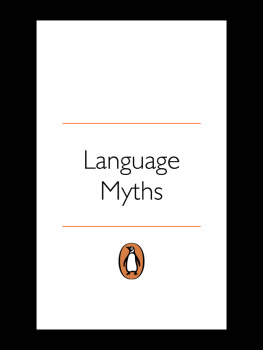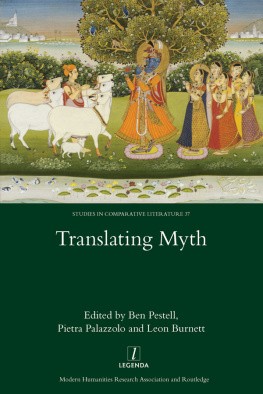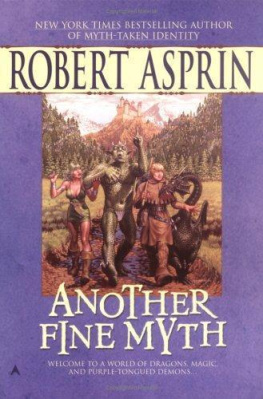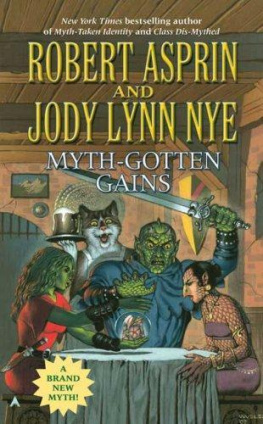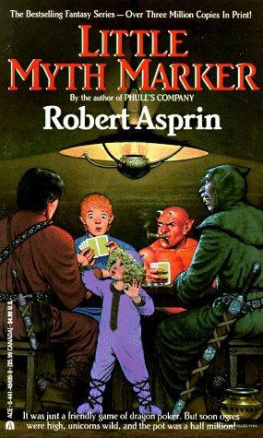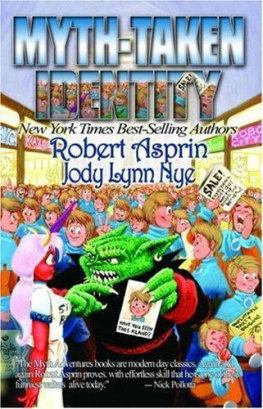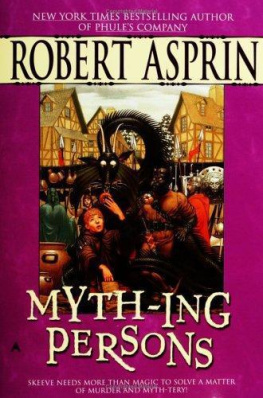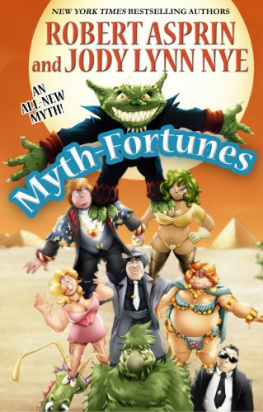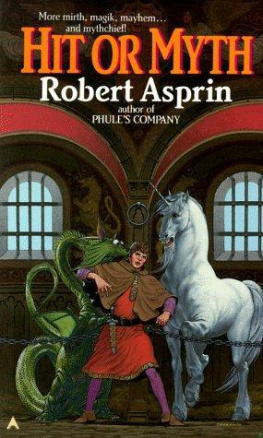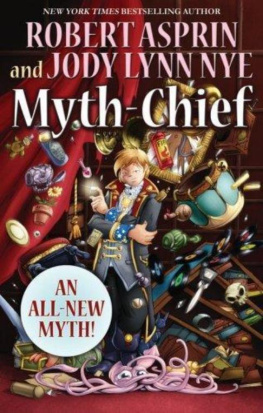Seven Myths of the Spanish Conquest
Seven Myths of the Spanish Conquest

MATTHEW RESTALL


Oxford New York
Auckland Bangkok Buenos Aires Cape Town Chennai
Dar es Salaam Delhi Hong Kong Istanbul Karachi Kolkata
Kuala Lumpur Madrid Melbourne Mexico City Mumbai Nairobi
So Paulo Shanghai Taipei Tokyo Toronto
Copyright 2003 by Oxford University Press, Inc.
First published by Oxford University Press, Inc., 2003
198 Madison Avenue, New York, New York 10016
www.oup.com
First issued as an Oxford University Press paperback, 2004
ISBN 0-19-517611-1
Oxford is a registered trademark of Oxford University Press
All rights reserved. No part of this publication may be reproduced,
stored in a retrieval system, or transmitted, in any form or by any means,
electronic, mechanical, photocopying, recording, or otherwise, without
the prior permission of Oxford University Press.
The Library of Congress has catalogued the cloth edition as follows:
Restall, Matthew, 1964
Seven myths of the Spanish conquest / Matthew Restall.
p. cm.
Includes bibliographical references and index.
ISBN 0-19-516077-0
1. MexicoHistoryConquest, 15191540Historiography.
2. SpaniardsAmericaHistoriography.
3. Latin AmericaHistoryErrors, inventions, etc.
4. Myth.
I. Title.
F1230 .R47 2003
980.013072dc 21 2002192492
1 3 5 7 9 8 6 4 2
Printed in the United States of America
on acid-free paper
To anyone
who has ever been my student;
to Jim and Felipe,
whose student I will always be;
and to Lucy,
tomorrows student
Contents
Introduction
The Lost Words of Bernal Daz
1 A Handful of Adventurers
The Myth of Exceptional Men
2 Neither Paid Nor Forced
The Myth of the Kings Army
3 Invisible Warriors
The Myth of the White Conquistador
4 Under the Lordship of the King
The Myth of Completion
5 The Lost Words of La Malinche
The Myth of (Mis)Communication
6 The Indians Are Coming to an End
The Myth of Native Desolation
7 Apes and Men
The Myth of Superiority
Epilogue
Cuauhtmocs Betrayal
Acknowledgments
The names of these Seven Cities, which have not been discovered, remain unknown, and the search for them continues to this day.
Pedro de Castaeda Njera (ca. 1560)
The number seven has almost mystical qualities.
New York Times (2002)
There seem to be a lot of myths in this class, said the student, not without a hint of suspicion. Thus was the seed for this book planted, one spring afternoon in a Pennsylvania classroom.
What began as an attempt to respond to the students comment and to adjust my undergraduate lectures accordingly soon developed into a book projectand the misconceptions and convenient fictions of Conquest history gradually settled into seven myths in seven chapters, constituting a seven-part argument against much of conventional wisdom on the Spanish Conquest in the Americas.
The books seven-part structure seemed justified by the fact that the number seven has deep roots and symbolic significance in the history of the Americas, both Native American and Spanish. The origin myth of the Mexica included a tale of descent from seven lineages, who emerged from seven caves in a mythical location in the Mexican north.
My search for seven myths was not in vain, aided greatly the following spring (2001) by the experience of teaching a graduate seminar in the Pennsylvania State University History Department titled Seven Myths of the Spanish Conquest. The idea was to write and teach on identical topics, allowing each process to stimulate and fertilize the other. It all worked out better than I could possibly have hoped. Without the contributions of the seminar members in class and on paper (their essays are included in a special section of the bibliography), this book would have taken twice as long to write and been a vastly inferior product. I am most grateful to every one of themBobbie Arndt, Valentina Cesco, Iris Cowher, Jason Frederick, Gerardo Gutirrez, Mara Incln, Amy Kovak, Blanca Maldonado, Zachary Nelson, Christine Reese, Michael Smith, and Leah Vincent. I am also grateful to Gregg Roeber for encouraging and making possible my Seven Myths semester.
I was fortunate to spend the next spring (2002) as a National Endowment for the Humanities fellow at the John Carter Brown Library at Brown University, where finishing touches were put to the book manuscript. I am grateful to the librarys director, Norman Fiering, to the staff, and to my fellow fellows for their generosity and many contributions. A number of friends and colleagues profoundly influenced my thinking on this topic or offered helpful comments on portions of the book. They include Patrick Carroll, Jack Crowley, Garrett Fagan, Michael Francis, Philip Jenkins, Grant Jones, Jane Landers, Juliette Levy, James Lockhart, James Muldoon, William Pencak, Carol Reardon, Helen Restall, Robin Restall, Tim Richardson, Guido Ruggiero, Susan Schroeder, Andrew Sluyter, and Dean Snowand in particular Felipe Fernndez-Armesto, Susan Kellogg, Kris Lane, and Neil Whitehead, all of whom gave me extensive written comments on the whole manuscript. Susan Ferber of Oxford University Press made line-by-line editorial suggestions that were as thorough as they were insightful. She is a true master of the red pen and I am most grateful for the resulting improvements made to every page.
Finally, I thank Helen, Sophie, and Isabel, for always understanding my need to finish just one more sentence.
M.B.R.
State College, Pennsylvania
September, 2002
Those men... who have written not what they saw, but what they did not hear so well... wrote with great detriment to the truth, occupied only in dry sterility and with the fruitlessness of the surface, without penetrating into the reason of men.
Fray Bartolom de Las Casas (1559)
Mr. Writer, why dont you tell it like it really is?
Stereophonics (2001)
To distinguish between the curved and the straight.
Horace (ca. 30 B.C.)
I did not find out any more about this, and what I have written down is of little help.
Fray Ramn Pan (1498)
Speaking with great majesty, seated on his throne, the Inca flung the book from his hands.
Don Felipe Huaman Poma de Ayala (1615)

Introduction
The Lost Words of Bernal Daz
It has been a shock for us to learn that we do not perceive the world just as it is, and that our knowledge of the world is inescapably framed by the concepts and language of our culture.
Behan McCullagh (1998)
Historians today are priests of a cult of truth, called to the service of a god whose existence they are doomed to doubt.
Felipe Fernndez-Armesto (1999)
Let the curious reader consider whether there is not much to ponder in this that I am writing. What men have there been in the world who have shown such daring?
Bernal Daz del Castillo (1570)
When Bernal Daz first saw the Aztec capital he was lost for words. Years later, the words would come, many of them, when he wrote a lengthy account of his experiences as a member of the Spanish expedition led by Hernn Corts against the Aztec empire. But on that November afternoon in 1519, as Daz and his fellow conquistadors came over the mountain pass and looked down upon the Valley of Mexico for the first time, gazing on such wonderful sights, we did not know what to say, or whether what appeared before us was real.
Next page

